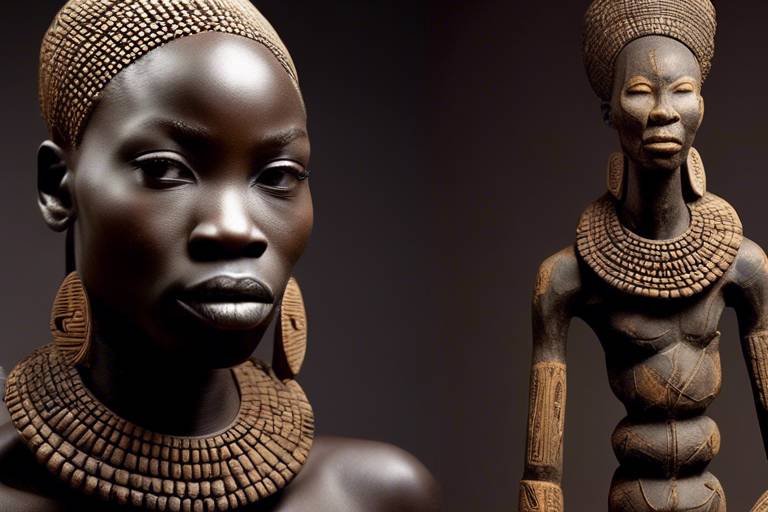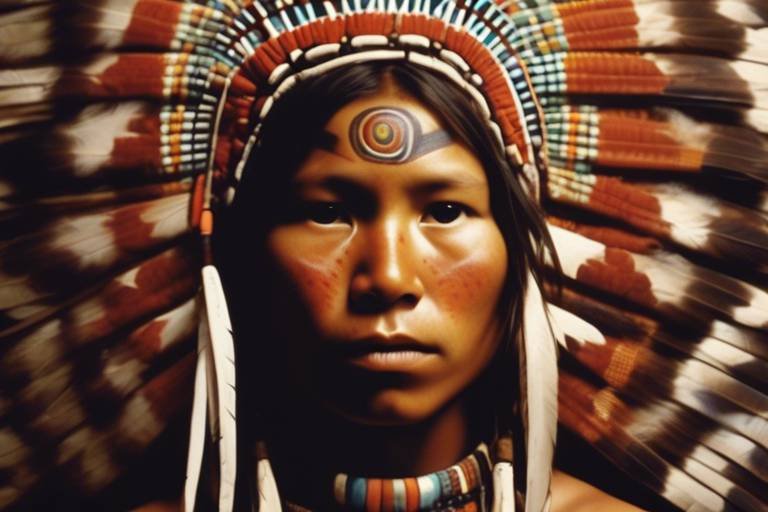The Impact of Art in Social Justice Movements
Art has always been a powerful tool for sparking change and driving progress within social justice movements. Through various forms of artistic expression, individuals and communities have been able to shed light on pressing issues, challenge oppressive systems, and advocate for a more just and equitable society. From visual arts to music, literature, theater, dance, film, and digital platforms, art has played a crucial role in raising awareness, inspiring activism, and promoting dialogue on a global scale.

Visual Arts as a Catalyst for Change
Visual arts have long served as a powerful catalyst for change within social justice movements. Through mediums such as paintings, sculptures, and street art, artists have effectively communicated profound messages, evoked strong emotions, and initiated crucial conversations surrounding various social injustices. The ability of visual arts to transcend language barriers and engage viewers on a visceral level has made them a cornerstone of activism and advocacy.
Artists harness the transformative power of visual imagery to challenge societal norms, provoke critical thinking, and inspire collective action. By portraying the realities of marginalized communities, highlighting systemic inequalities, and demanding justice through their art, creators have the capacity to ignite a spark of awareness and empathy in audiences. Visual arts have the unique ability to capture the complexities of social issues in a single frame, compelling viewers to confront uncomfortable truths and envision a more just world.

Music and Protest: Amplifying Voices
Music has always been a powerful tool for protest and social change, serving as a medium to amplify voices that are often marginalized or silenced. Through lyrics that resonate with shared experiences, melodies that evoke emotions, and rhythms that move the soul, music has the ability to unite communities and inspire collective action. From the civil rights movement of the 1960s to the present day, songs have served as anthems of resistance, solidarity, and hope, echoing the struggles and aspirations of oppressed populations.
Historically, music has played a crucial role in galvanizing movements for civil rights, gender equality, LGBTQ+ rights, and environmental justice. Artists like Bob Dylan, Nina Simone, and Bob Marley used their music to speak out against injustice, discrimination, and oppression, sparking conversations and challenging the status quo. Protest songs have the power to convey powerful messages in a way that transcends language barriers, reaching hearts and minds across cultures and generations.
Moreover, music has the ability to create a sense of community and belonging among those fighting for social change. Whether through folk songs, hip-hop tracks, or protest anthems, music has the capacity to bring people together, fostering solidarity and resilience in the face of adversity. By amplifying voices that are often unheard, music empowers individuals to speak truth to power and demand a more just and equitable society.
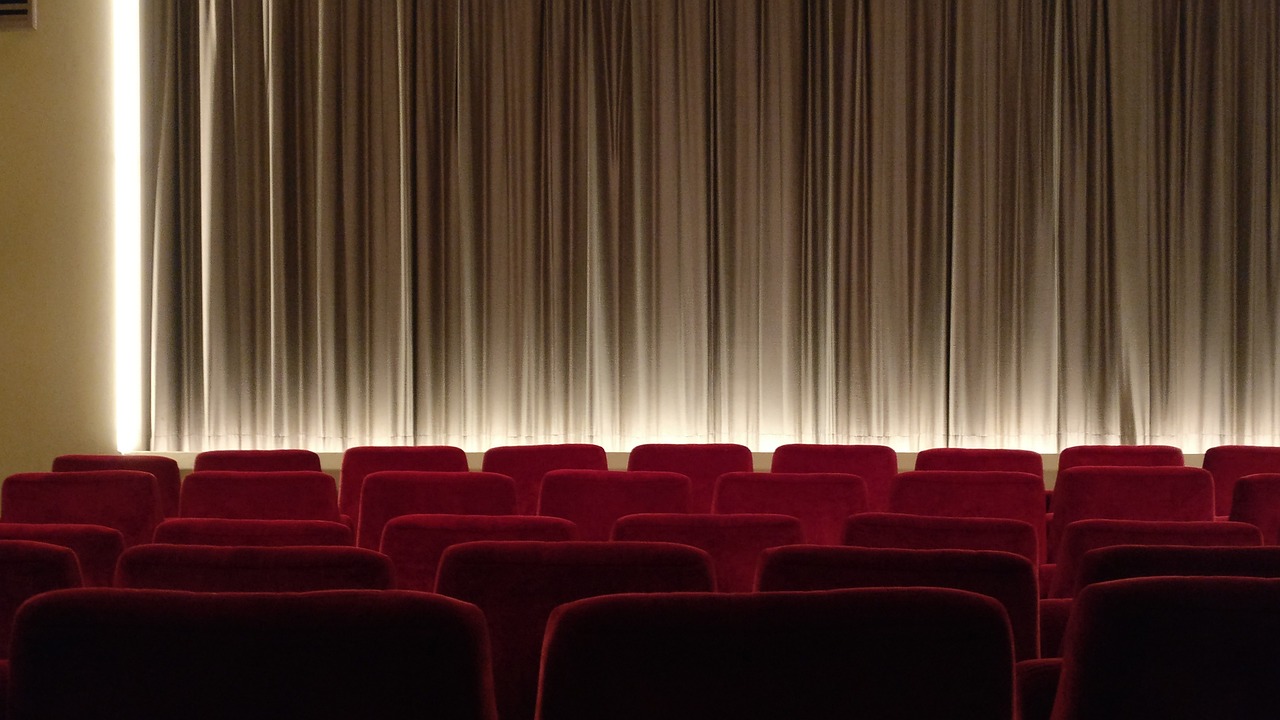
The Role of Theater in Advocacy
Theater has long been recognized as a powerful medium for advocacy, serving as a platform for raising awareness, challenging perceptions, and sparking conversations on pressing social issues. Through compelling narratives, captivating performances, and thought-provoking scripts, theater productions have the ability to shine a spotlight on systemic injustices, amplify marginalized voices, and engage audiences in critical reflections.
One of the unique aspects of theater in advocacy is its ability to humanize complex issues and evoke empathy in viewers. By portraying the lived experiences of individuals affected by social injustices, theater allows audiences to connect on a deeper emotional level, fostering understanding and empathy for diverse perspectives.
Moreover, theater serves as a catalyst for social change by confronting societal norms, questioning power structures, and challenging audiences to reevaluate their beliefs and values. The immersive nature of live performances creates a shared experience that can inspire action, encourage dialogue, and mobilize communities towards collective advocacy efforts.
Collaboration plays a key role in theater advocacy, with artists, activists, and community members coming together to create impactful productions that address relevant social issues. By combining artistic creativity with grassroots activism, theater initiatives have the potential to drive meaningful change, foster solidarity, and promote inclusivity within society.
Ultimately, the role of theater in advocacy goes beyond entertainment; it serves as a dynamic tool for social transformation, pushing boundaries, challenging injustices, and empowering individuals to become agents of change in their communities.

Literature and Social Change
Literature has long been recognized as a powerful tool for driving social change and advocating for justice. Through the art of storytelling, authors have the ability to shed light on pressing social issues, challenge dominant narratives, and inspire readers to reflect on their own beliefs and values. Whether through novels, poems, or essays, literature has the unique ability to evoke empathy, provoke thought, and spark conversations that can lead to meaningful societal transformation.
Authors often use their craft to amplify the voices of marginalized communities, bringing attention to their struggles and resilience. By sharing diverse perspectives and experiences, literature has the power to foster understanding, compassion, and solidarity among readers from all walks of life. Through vivid imagery, compelling characters, and thought-provoking plots, writers can transport readers into different worlds, prompting them to question the status quo and imagine a more just and equitable society.
Moreover, literature serves as a platform for marginalized voices to be heard and celebrated. By centering stories of resistance, resilience, and empowerment, authors can challenge existing power structures, amplify underrepresented narratives, and advocate for social justice causes. Through the power of words, writers can ignite passion, instigate change, and mobilize communities towards collective action.
Furthermore, the literary world provides a space for dialogue, reflection, and critical engagement with complex social issues. By exploring themes of inequality, discrimination, and injustice, authors invite readers to confront uncomfortable truths, confront their own biases, and envision a more inclusive and equitable future. Through the beauty of language and the depth of storytelling, literature has the capacity to inspire hope, drive activism, and shape the consciousness of society.
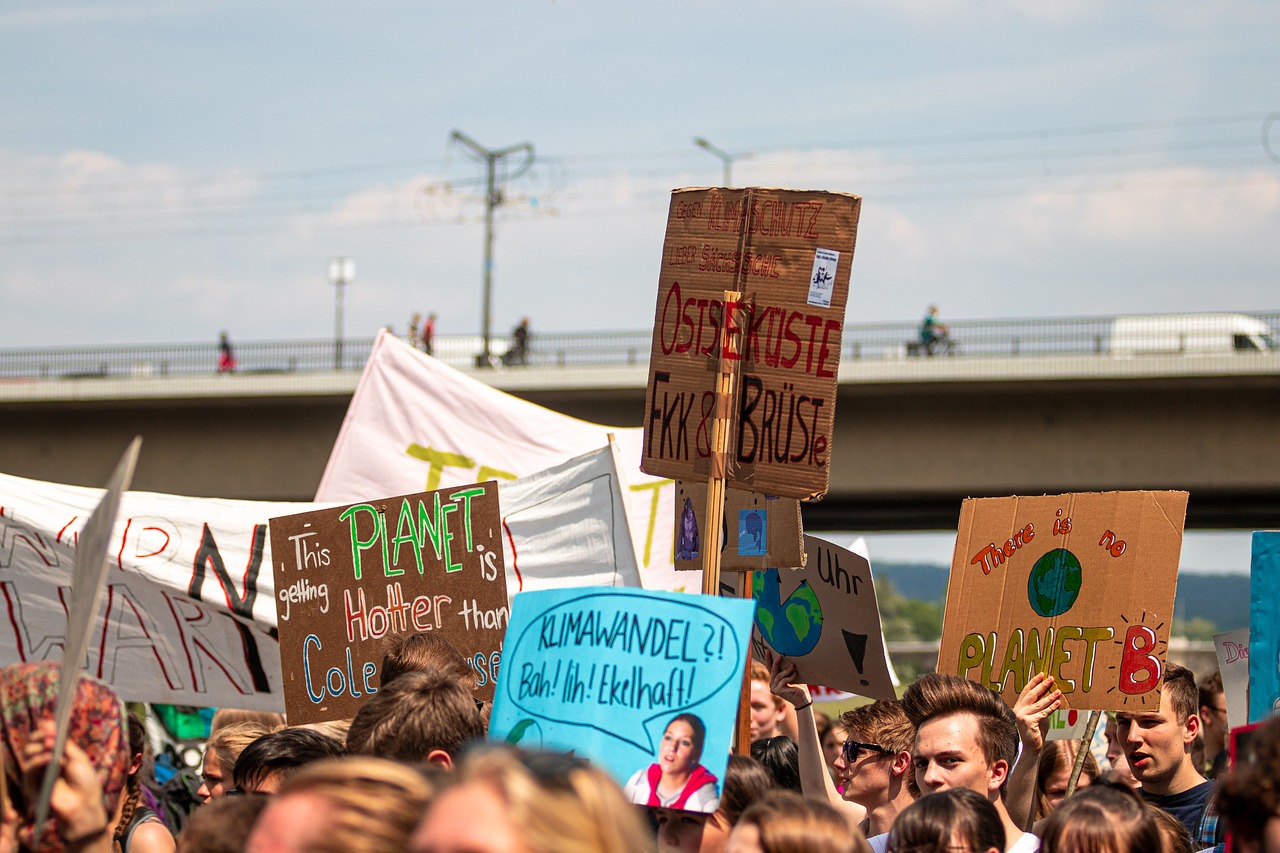
Dance as a Form of Resistance
Dance, as a form of resistance, holds a unique power to challenge oppressive structures and convey powerful messages through movement and choreography. Just like brush strokes on a canvas or notes in a melody, dance steps can paint a vivid picture of defiance and resilience. It is a cultural expression that transcends language barriers, allowing individuals to communicate their struggles and aspirations with grace and strength.
Through intricate movements and storytelling, dance becomes a medium through which marginalized communities reclaim their narratives and assert their presence in spaces where their voices may have been silenced. It serves as a physical manifestation of protest, embodying the spirit of resistance against social injustices and oppressive systems. In a world where words may fall short, dance speaks volumes, echoing the collective experiences and emotions of those who dare to challenge the status quo.
Just as a symphony can stir the soul and a painting can evoke deep emotions, dance has the power to inspire change and ignite movements for social justice. It is a rhythmic rebellion against conformity, a synchronized call for equality, and a harmonious expression of unity in diversity. Dance as a form of resistance is not just about movement; it is about resilience, empowerment, and the unwavering belief in the transformative power of art to shape a better world.

Film and Documentary: Shaping Perspectives
Film and documentary have long been powerful tools in shaping perspectives and influencing societal change. Through compelling storytelling, visual imagery, and emotional narratives, these mediums have the ability to capture the hearts and minds of audiences, shedding light on social injustices and advocating for marginalized communities.
Documentaries, in particular, serve as a window into the lives of individuals facing adversity, offering a platform for their voices to be heard and their stories to be shared with the world. By documenting real-life struggles, triumphs, and challenges, filmmakers can evoke empathy, provoke critical thinking, and inspire action among viewers.
On the other hand, fictional films have the creative license to explore complex social issues through narrative storytelling, engaging audiences in thought-provoking discussions and challenging prevailing ideologies. Whether through drama, comedy, or suspense, films have the power to humanize experiences, foster understanding, and ignite conversations about pressing social issues.
Moreover, the accessibility of films and documentaries through various platforms, such as theaters, streaming services, and online channels, allows for widespread distribution and reach. This global visibility enables filmmakers to amplify the voices of marginalized communities, raise awareness about systemic injustices, and mobilize viewers towards advocacy and activism.
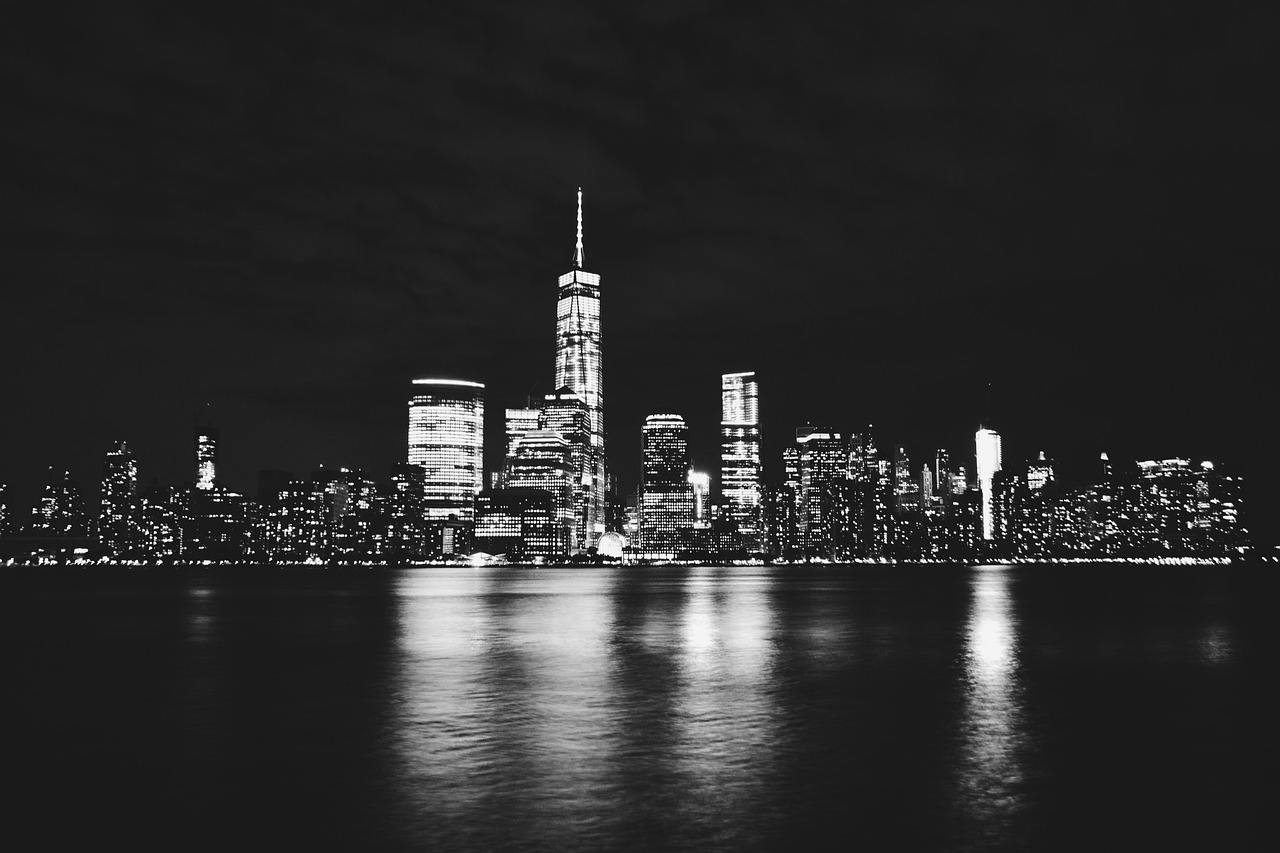
Digital Art and Activism
When it comes to the intersection of art and activism, digital art has emerged as a powerful tool for driving social change and raising awareness on a global scale. Through the use of digital platforms and social media, artists have been able to reach audiences far and wide, sparking conversations, mobilizing communities, and advocating for important causes.
Digital art offers a unique medium for artists to express their perspectives, challenge societal norms, and engage with pressing social issues in innovative ways. From digital illustrations and graphic designs to interactive installations and virtual reality experiences, the realm of digital art provides endless possibilities for creativity and impact.
One of the key strengths of digital art in activism lies in its ability to transcend physical boundaries and connect with individuals across diverse backgrounds and geographies. Through the viral nature of online platforms, digital artworks can quickly gain traction, spreading messages of resistance, solidarity, and hope to a global audience.
Moreover, digital art enables artists to experiment with new forms of storytelling, visual communication, and audience engagement. By harnessing the interactive features of digital media, artists can invite viewers to actively participate in the artistic experience, fostering a sense of shared ownership and collective action.
Collaborations between digital artists, activists, and technologists have also led to the development of innovative projects that leverage technology for social good. From online campaigns and virtual exhibitions to digital archives and data visualizations, these collaborative efforts have amplified the impact of digital art in driving meaningful change.

Artistic Collaborations for Social Justice
Artistic collaborations are a powerful force in driving social justice movements forward. When artists from different backgrounds and disciplines come together, their collective creativity can spark meaningful change and inspire action. These collaborations often result in innovative projects that challenge the status quo, provoke thought, and promote unity among diverse communities.
One example of artistic collaboration for social justice is the creation of large-scale murals in urban areas. Street artists, painters, and community members join forces to transform blank walls into powerful visual statements that address pressing issues such as racism, inequality, and environmental degradation. These murals not only beautify public spaces but also serve as a reminder of the need for solidarity and collective action.
Furthermore, interdisciplinary initiatives that bring together artists, activists, scholars, and policymakers play a crucial role in advancing social justice causes. By combining expertise from various fields, these collaborations generate fresh perspectives, foster dialogue, and mobilize resources to address systemic injustices. Through joint efforts, artists and advocates can amplify their impact and reach wider audiences with their message of equality and justice.
Collaborative art projects also have the potential to create lasting change within communities. By involving local residents in the creative process, artists can empower individuals to share their stories, express their concerns, and envision a more just society. These projects not only facilitate meaningful connections but also cultivate a sense of ownership and agency among participants, encouraging them to become active agents of change in their own neighborhoods.
In conclusion, artistic collaborations are essential components of social justice movements, offering a platform for diverse voices to be heard, perspectives to be shared, and actions to be taken. By working together, artists can harness the power of creativity to challenge injustice, inspire empathy, and build a more inclusive and equitable world for all.
Frequently Asked Questions
- How can art contribute to social justice movements?
Art plays a crucial role in social justice movements by raising awareness, inspiring activism, and promoting dialogue. Visual arts, music, theater, literature, dance, film, digital art, and collaborative projects all contribute to challenging societal norms and advocating for change.
- What is the significance of visual arts in advocating for social change?
Visual arts, including paintings, sculptures, and street art, serve as powerful tools to communicate messages, evoke emotions, and spark conversations about social justice issues. They have the ability to amplify voices, provoke thought, and engage diverse audiences in critical reflections.
- How does music contribute to social justice movements?
Music has historically been used as a tool for protest, resistance, and solidarity. Songs and lyrics have the power to unite communities, amplify marginalized voices, and inspire action. Music serves as a universal language that can convey powerful messages and evoke emotions.
- What role does literature play in advocating for social change?
Literature, poetry, and storytelling are instrumental in promoting empathy, amplifying diverse narratives, and advocating for social change. They challenge stereotypes, shed light on injustices, and provide a platform for marginalized voices to be heard and understood.
- How can digital art and social media be utilized for activism?
Digital art and social media platforms have become powerful tools for creating awareness, mobilizing communities, and advocating for change on a global scale. They provide avenues for artistic expression, storytelling, and activism that reach wide audiences and facilitate collaboration.









